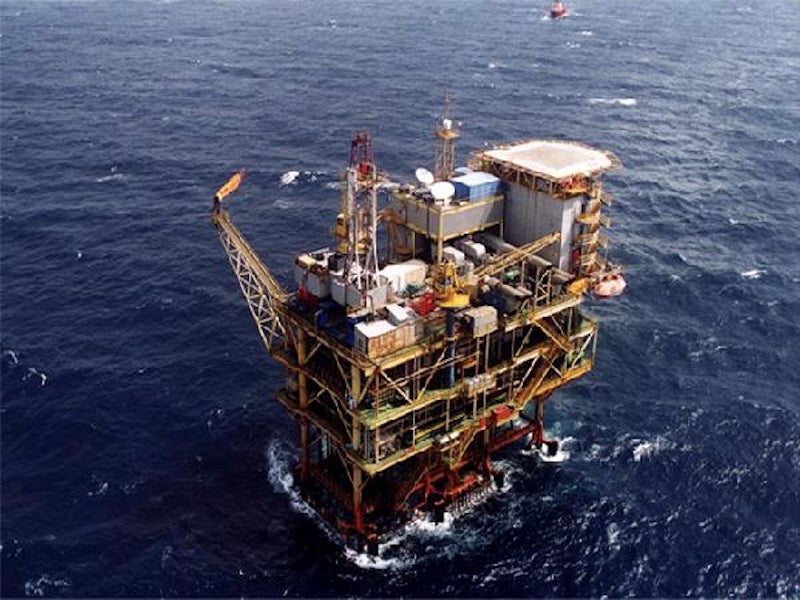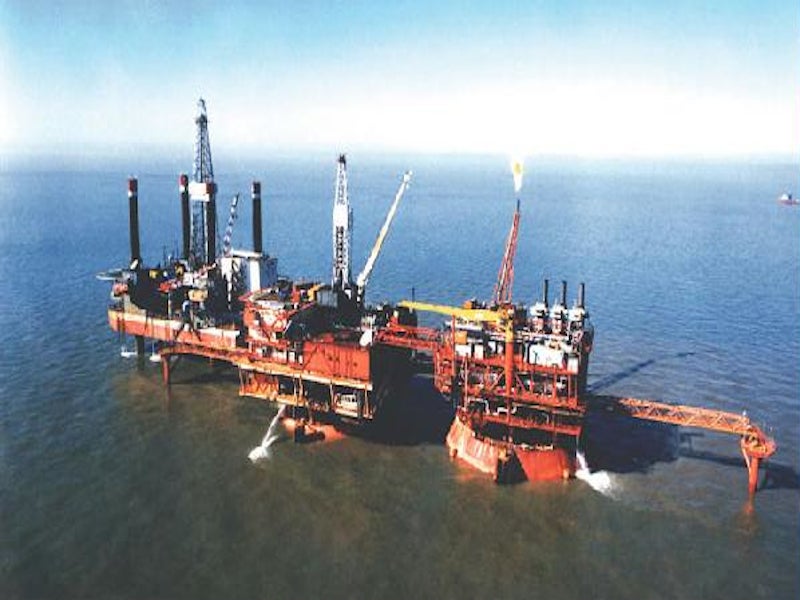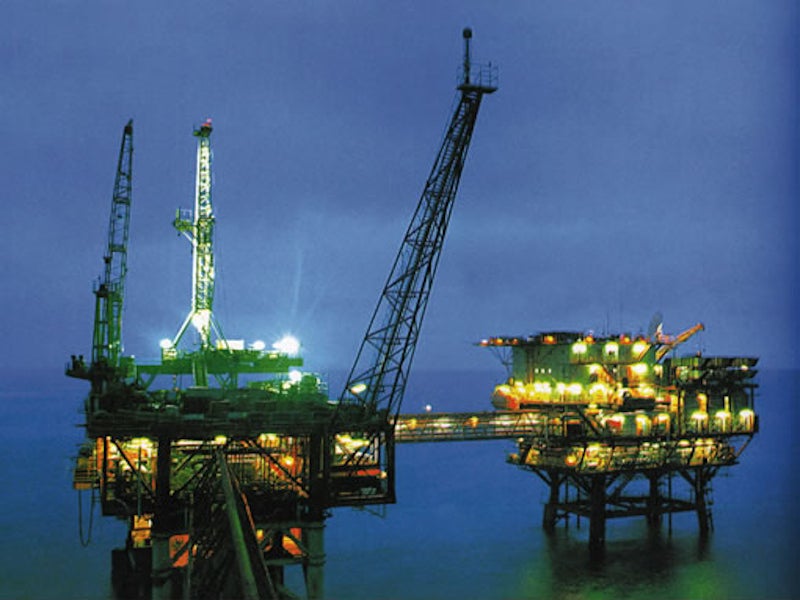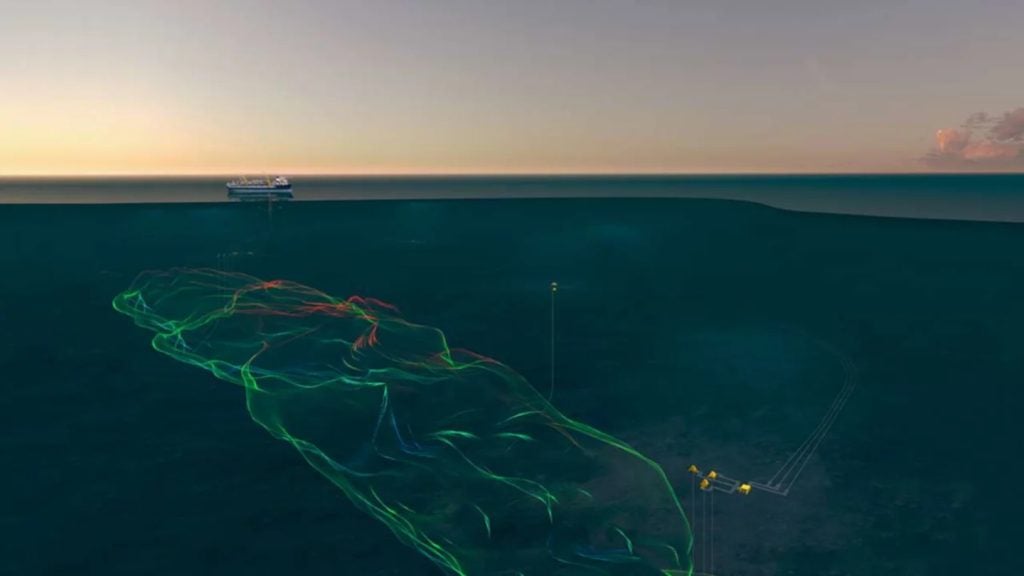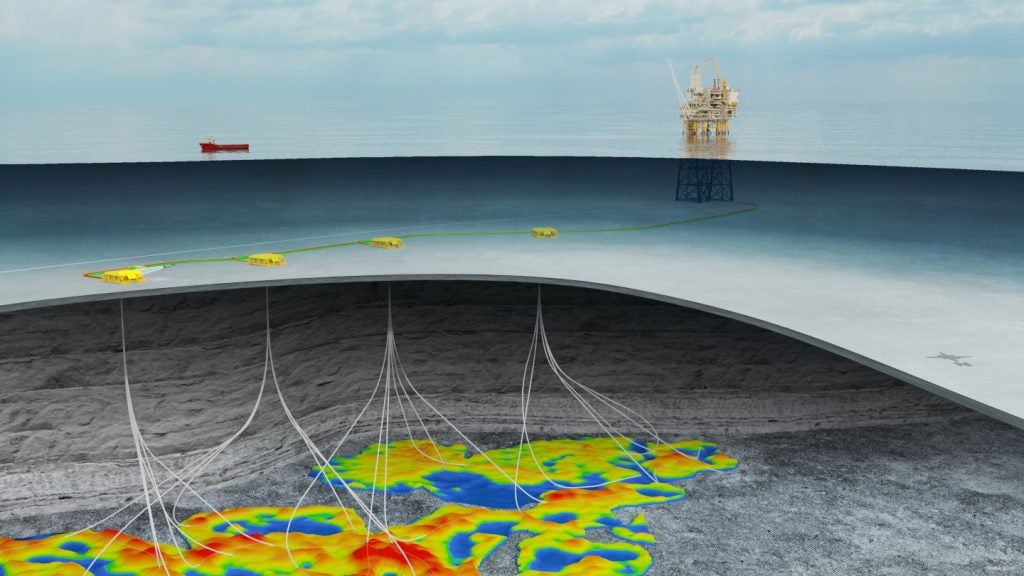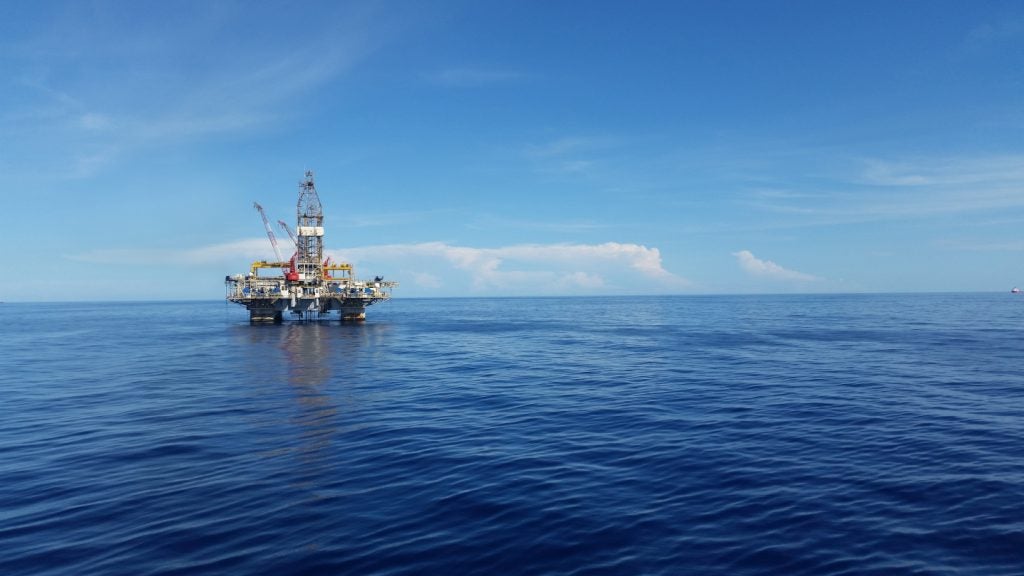The Qinhuangdao 33-1 South (S) oil field is located at a water depth of 21m in the central and western part of the Bohai Bay, offshore China.
Owned and operated by CNOOC, the field has been developed in a phased manner. Phase one of the project commenced production in June 2020.
The field is expected to reach its peak production capacity of 6,000 barrels of oil per day (bopd) in 2021.
Qinhuangdao 33-1S oil field geology and discovery
Qinhuangdao 33-1S field was discovered in the Shijiutuo Uplift area of Bohai Bay in 2010. Shijiutuo Uplift is a petroliferous belt in the Bohai Bay basin, located south-west to the Qinnan depression and north to the Bozhong depression.
The depressions hold three oil-prone source rock intervals. Almost all the oils of the Shijiutuo Uplift are derived from the Eocene Shahejie Formation.
The Qinhuangdao 35-4 field was also discovered in 2009 in the Shijiutuo Uplift 38km west of the Qinhuangdao 32-6 field, which is China’s third largest offshore oil accumulation.
Qinhuangdao 33-1S oil field development details
Qinhuangdao 33-1S oil field was developed through a new wellhead platform comprising 13 wells, with nine production wells and four water injection wells.
The platform has been tied back to the existing Qinhuangdao 33-1 oilfield and Qinhuangdao 32-6 oilfield facilities.
Qinhuangdao 33-1 oil field initially started production from two wells in 2009 with a capacity of 2,000bopd. The oil produced at the field is transferred to the Qinhuangdao 32-6 field for processing, storage and transportation through a subsea pipeline.
Qinhuangdao 32-6 field details
Qinhuangdao 32-6 oil field with a capacity of producing 65,000bopd is located in approximately 20m deep in the central to the northern part of Bohai Bay. The field was brought on stream in October 2001.
CNOOC operates the field with 51% working interest, while BP and Texaco hold the remaining stake. The field holds recoverable reserves of 103 million barrels.
The field infrastructure includes six production wellhead platforms along with the Bohai Century floating, production, storage and offloading (FPSO) having a storage capacity of 150 thousand dead weight tonnes.
Future oil field developments of CNOOC
CNOOC total net production reached 131.5 million barrels of oil equivalent (mboe) in the first quarter of 2020. The company plans to decrease its annual net production goal due to the Covid-19 pandemic from between 520mboe and 530mboe to between 505mboe and 515mboe.
The total capital expenditure has also been reduced from between RMB85m ($11.9m) and RMB95m ($13.4) to between RMB75m ($10.5m) and RMB85m ($11.9m) in 2020.
CNOOC is expected to commission nine more projects in 2020. The projects comprise seven projects off the coast of China, including Penglai 19-3 oil field block 4 adjustment/Penglai19-9 oil field phase two project, Bozhong 19-6 gas field pilot area development project, Nanbao 35-2 oil filed S1 area, Luda 16-3/21-2 joint development project, Jinzhou 25-1 oil field 6/11 area, Liuhua 29-1 gas field development project and Liuhua 16-2 oil field/20-2 oil field joint development project.
Phase two of the Buzzard oil field located in the UK will also be commissioned in 2020. The phase one of Liza oil field located offshore Guyana was scheduled to come onstream in 2020 but commissioned ahead of schedule in December 2019.
CNOOC also plans to drill 227 exploration wells and acquire three-dimensional seismic data from approximately 27,000km² area in 2020.

